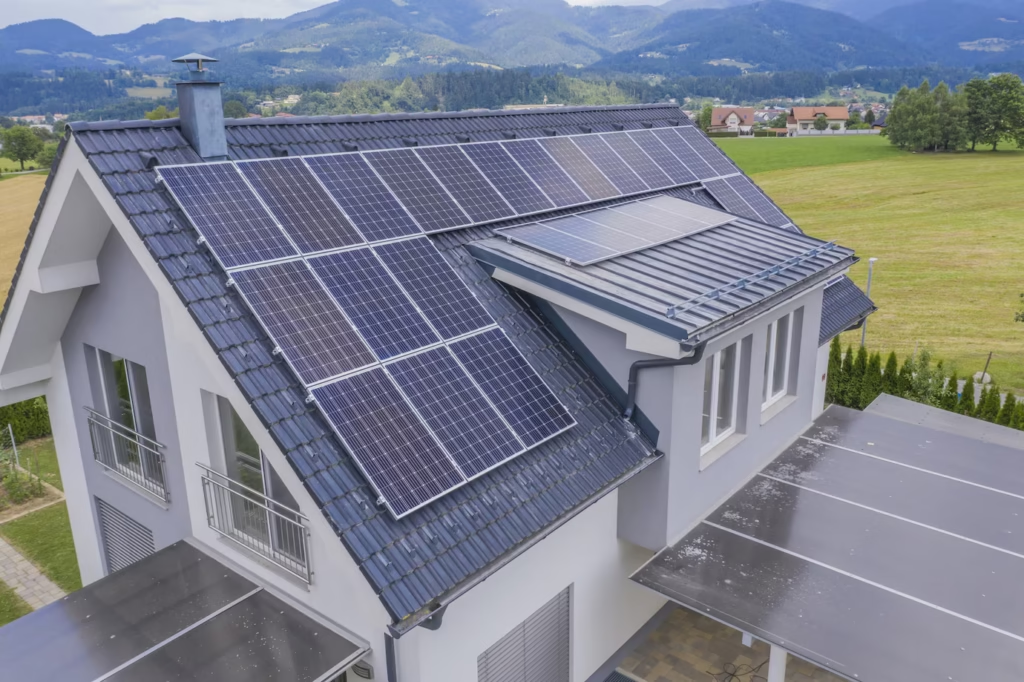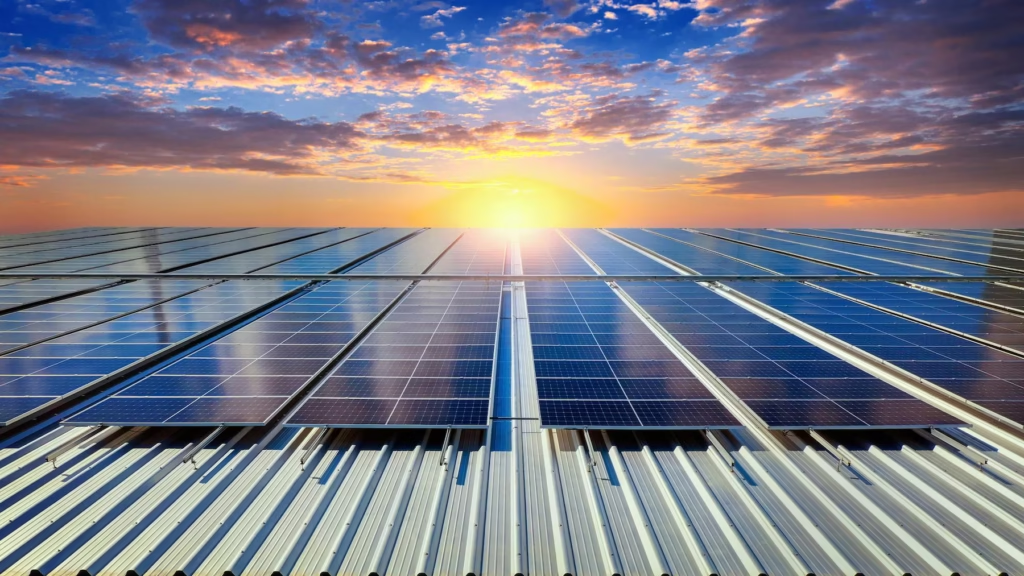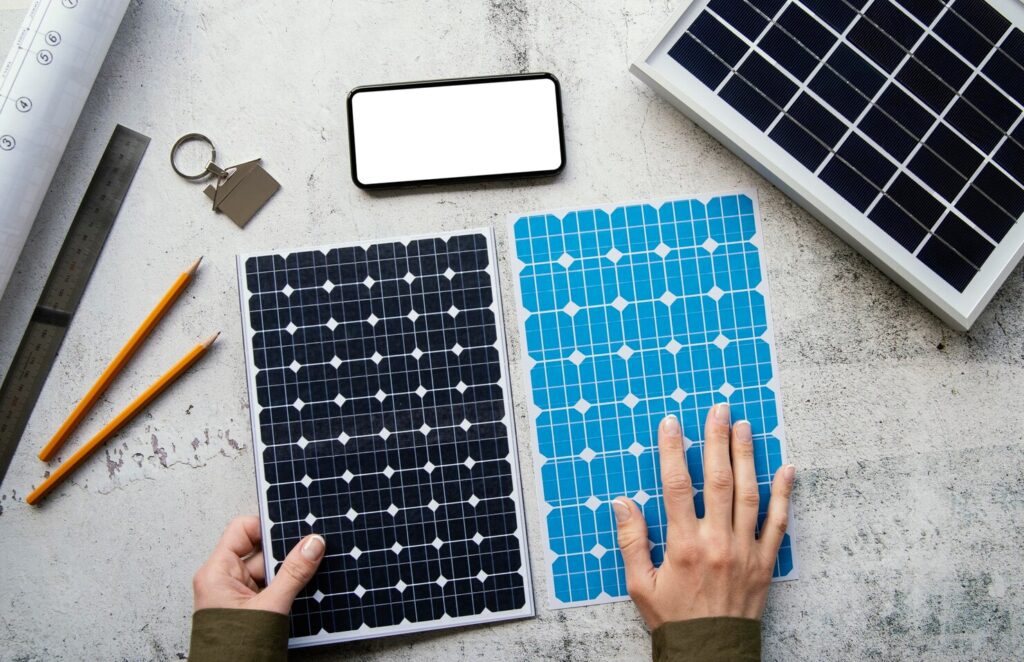solaredge vs fronius

SolarEdge vs Fronius: The Ultimate Inverter Battle in Australia [2025 Review]
When it comes to selecting the best solar inverter, Australians are often caught between two industry heavyweights: SolarEdge vs Fronius. Both brands are renowned for their high-performance inverters, but which one truly offers superior value, reliability, and cost-performance in the ever-growing Australian market? With solar adoption on the rise, understanding which inverter to choose is more important than ever. This article will explore these two top contenders, evaluating them across various important factors including efficiency, reliability ratings, cost-performance, and user experience. We’ll also dive into real-world applications to help you make the best decision for your solar investment.
Whether you’re a homeowner or a business owner, choosing the right inverter is crucial for maximising solar energy production and longevity. In this comprehensive guide, we’ll compare SolarEdge vs Fronius across key areas to help you make an informed decision. Let’s start by looking at the brand overviews of these two solar inverter leaders.
Brand Overview: SolarEdge vs Fronius
SolarEdge
Originating from Israel, SolarEdge has revolutionized the solar inverter market with its unique combination of inverters and power optimizers. This innovative technology maximizes energy harvest and system reliability, especially in shaded conditions, making SolarEdge a top contender in the inverter battle Australia. Their focus on smart technology and remote monitoring capabilities offers a clear edge for those looking for a more integrated solar solution. Additionally, SolarEdge’s inverters provide exceptional efficiency, often outperforming conventional inverters in various real-world conditions.
Fronius
A well-established Austrian brand, Fronius has long been synonymous with high-quality, durable solar inverters. Known for their string inverter technology, Fronius systems are widely appreciated for their reliability, robust design, and performance longevity. In Australia, Fronius is celebrated for its ability to withstand challenging environmental conditions while maintaining excellent energy output. Their inverters also offer a suite of monitoring features, although they may not be as advanced as SolarEdge’s in terms of smart technology and power optimizers.
Cost-Performance Analysis
When comparing SolarEdge vs Fronius in terms of cost-performance, there are several factors to consider. Both brands offer inverters for residential and commercial installations, but their pricing can vary.
SolarEdge
The upfront cost of SolarEdge inverters tends to be higher, especially when you factor in the additional cost of power optimizers. However, these extra components significantly enhance the system’s performance, especially in situations where shading or roof obstructions are present. The cost-performance balance tilts in favor of SolarEdge for customers who prioritize maximum energy generation, as the power optimizers ensure that each solar panel is functioning at its highest potential.
Fronius
On the other hand, Fronius inverters generally have a lower upfront cost, especially when compared to SolarEdge’s systems with power optimizers. While Fronius may not offer the same level of optimization as SolarEdge, it is still a highly efficient choice for homes or businesses without significant shading concerns. The overall cost-performance of Fronius is appealing for budget-conscious buyers who seek a more traditional inverter without additional complexity.
Key Takeaway: If you’re on a tight budget but still want high-quality performance, Fronius could be the way to go. If you’re looking for the ultimate cost-performance and are willing to invest in the latest technology, SolarEdge is likely your best option.
Reliability Ratings & Durability
Reliability is one of the most crucial factors when choosing an inverter for your solar system. Let’s take a look at the reliability ratings and overall durability of SolarEdge vs Fronius.
SolarEdge
SolarEdge inverters come with a 12-year warranty, which can be extended to 25 years, ensuring long-term protection for your investment. The combination of SolarEdge inverters and optimizers results in a highly reliable system that operates efficiently over time. User reviews often praise SolarEdge for its consistent performance in a variety of environmental conditions. However, some users report higher maintenance costs due to the complex nature of its technology.
Fronius
Fronius inverters are known for their exceptional durability and reliability. With an industry-standard 5-year warranty (extendable to 10 years), Fronius is built to last. Many users report that Fronius inverters continue to perform at high levels even after years of use, making them an attractive option for those seeking a low-maintenance solution. Additionally, Fronius has a reputation for excellent customer service, which can be crucial in maintaining peace of mind.
Key Takeaway: Both brands offer solid reliability ratings, but SolarEdge stands out for its advanced technology and longer warranty, whereas Fronius offers excellent durability with lower maintenance needs.
Smart Features and Monitoring Capabilities
Both SolarEdge vs Fronius offer smart features, but the extent and ease of use differ.
SolarEdge
The standout feature of SolarEdge is its advanced monitoring platform. SolarEdge inverters are paired with an app that provides real-time data, allowing users to track system performance, energy production, and even identify faults remotely. Additionally, SolarEdge inverters integrate seamlessly with battery storage systems like the Tesla Powerwall, enabling users to store excess energy for later use.
Fronius
While Fronius also offers a monitoring solution through its Solar.web platform, it’s not as sophisticated as SolarEdge’s app. However, Fronius does provide users with access to detailed performance data, and the system is also compatible with energy storage solutions. The interface is user-friendly but not as feature-rich as SolarEdge’s platform.
Key Takeaway: If advanced monitoring and smart technology are high on your priority list, SolarEdge will offer more robust features, especially when paired with optimizers. However, Fronius still provides solid monitoring tools at a more basic level.
Installation Experience in Australia
Installing a solar inverter in Australia requires careful consideration of the local climate and network compatibility.
SolarEdge
SolarEdge systems are relatively easy to install, especially when you consider the additional power optimizers. However, some installers report that the setup can be more complicated than traditional string inverters. That said, once installed, SolarEdge performs reliably, even in Australia’s harsh climate conditions.
Fronius
Fronius inverters are well-regarded for their ease of installation. Installers in Australia often prefer the simplicity of Fronius systems, as they don’t require additional components like optimizers. This makes Fronius a quicker and more straightforward option for installations, especially in regions where shading is not a significant concern.
Key Takeaway: If you prefer a simpler installation process, Fronius may be your best choice. However, if you are dealing with shaded roofs or complex system configurations, SolarEdge’s technology could deliver better long-term results.
Real-Life Customer Stories & Case Studies
Fronius Install for a Home in NSW
A residential customer in New South Wales installed a Fronius inverter to power their home. The system has been running efficiently for over 5 years, with minimal maintenance and consistent energy production. The simplicity of the Fronius system was a key factor in the homeowner’s decision.
SolarEdge for a Small Business in QLD
In Queensland, a small business owner installed a SolarEdge system with power optimizers to combat shading issues on their roof. The addition of optimizers significantly increased energy generation, ensuring that even the shaded panels contributed to the overall energy output. The smart monitoring capabilities allowed the business owner to track performance in real-time.
Verdict: Which One is Right for You?
Pros and Cons Summary Table
Feature | SolarEdge | Fronius |
Cost | Higher upfront cost with optimizers | More affordable for basic setups |
Efficiency | Best for shaded conditions | Reliable but less efficient in shading |
Reliability | Excellent durability, longer warranty | Excellent customer service, durable |
Smart Features | Advanced monitoring, app integration | Basic monitoring, user-friendly interface |
Recommendation
- SolarEdge is ideal for homes and businesses with shading issues or those who want the latest technology for maximum energy production.
- Fronius is perfect for customers looking for a reliable, cost-effective inverter with a straightforward installation process.
Let Esteem Energy Guide Your Inverter Choice
Choosing the right inverter for your solar system is crucial for long-term performance and savings. At Esteem Energy, our CEC-approved team is here to guide you through the process of selecting the perfect inverter for your needs. With over 5-star Google ratings and a 10-year warranty offer, we ensure that you get the most out of your solar investment.
Frequently Asked Questions
Yes, SolarEdge tends to be more efficient, especially in shaded conditions, due to its power optimizers that maximize panel performance.
Fronius is often considered more user-friendly due to its simpler installation and monitoring interface.
SolarEdge is typically more expensive due to the inclusion of power optimizers, while Fronius offers a more budget-friendly option without these added components.
Both brands offer highly durable inverters. Fronius is known for its ruggedness, while SolarEdge also has a strong reputation for long-term reliability.
Yes, both systems are compatible with energy storage solutions like Tesla Powerwall, though SolarEdge offers more advanced integration features.
Both inverters can last 10–15 years, with SolarEdge offering a longer warranty for added peace of mind.
SolarEdge is typically a better choice for commercial applications, especially those with shading issues or complex roof configurations.
Yes, SolarEdge requires additional power optimizers, making the installation process more complex compared to Fronius inverters.
Harry is a passionate writer specializing in renewable energy and sustainability. With a deep understanding of solar installation, maintenance, custom system design, and advanced battery storage, he brings technical expertise to his writing, making complex energy concepts accessible to businesses and homeowners alike.
Having covered numerous residential and commercial solar projects, Harry educates and empowers his readers to optimize energy efficiency and transition to clean energy solutions. As a key voice in the industry and a leader at Esteem Energy, he is committed to delivering insightful content that promotes innovation, cost-effective solutions, and a greener future.








